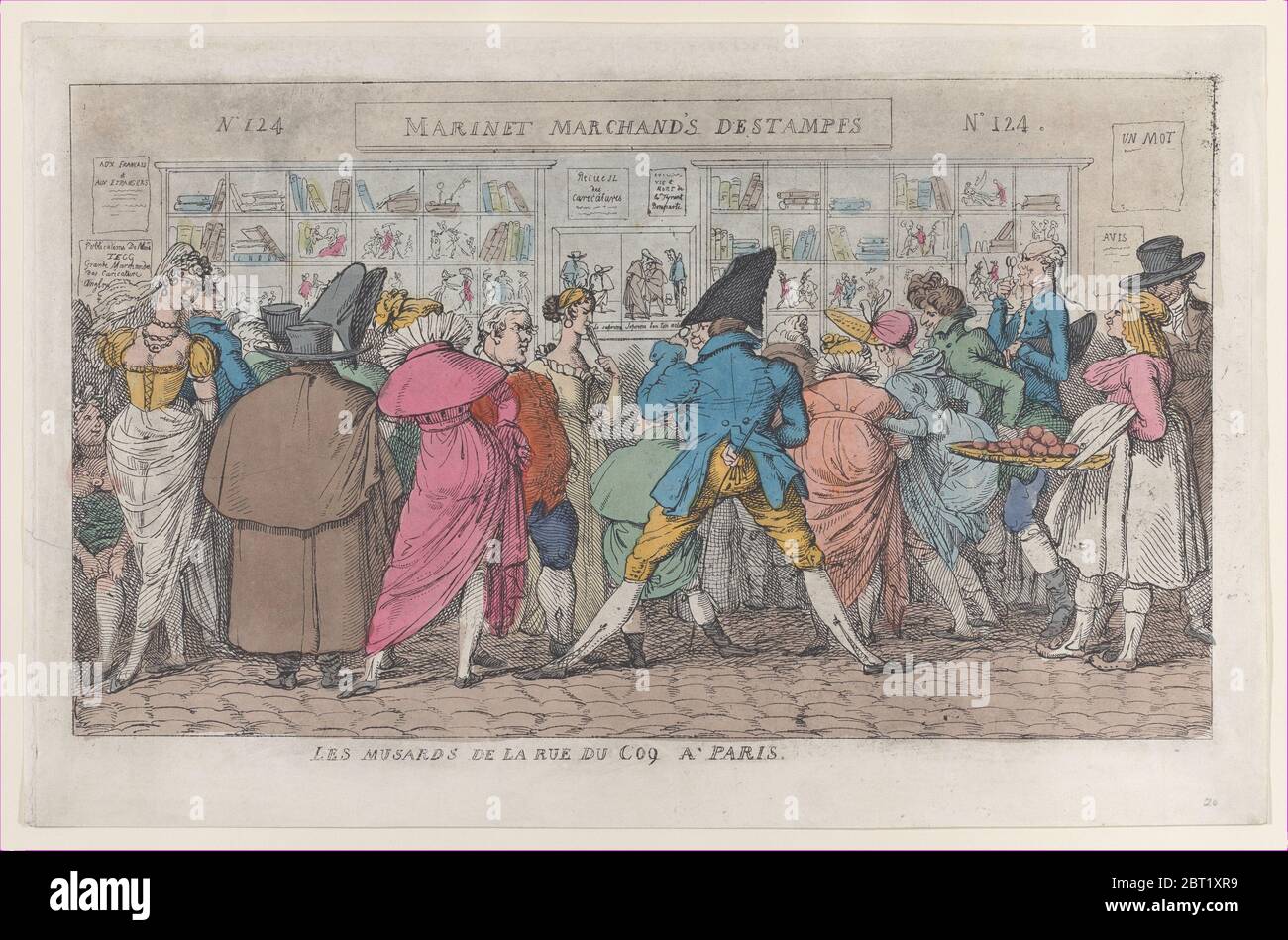# The Many Dialects of Fujian
Fujian province in southeastern China is renowned for its linguistic diversity. Nestled between coastal areas and inland mountain regions, distinct dialects evolved across the province’s varied geographic terrain. Over a dozen topolects groups are recognized within Fujian’s language ecosystem, descending primarily from the ancient Min Chinese branch.
# Hokkien and its Homeland
The largest and most influential Fujian dialect is Hokkien (Min Nan), spoken by over 70 million people worldwide. Often called a “language” overseas, Hokkien’s core vocabulary and grammar remain consistent despite regional accents. Its historical heartland lies in the bustling coastal cities of Quanzhou, Zhangzhou, and Xiamen, collectively known as Quanzhang in Chinese. Here, the prestige Xiamen dialect arose through contact between neighboring Quanzhou and Zhangzhou varieties.
# Fuzhounese: A Distinct Min Language
While Hokkien predominates abroad, inland Fuzhounese claims nearly 10 million speakers as the largest Eastern Min variety. Referred to as Bàng-uâ by locals, it is completely unintelligible with Hokkien despite both descending from ancient Min. Linguistic innovations like merged nasal codas and weakened stop consonants give Fuzhounese its distinctiveliness within China’s language landscape.
# Lesser-Known yet Rich Dialects
Beyond Hokkien and Fuzhounese, other important topolects include Northern Min, spoken around Longyan city, along with complex tonal variations like Pu-Xian Min near Putian. Teochew, while classified as Southern Min, evolved separately near Chaozhou due to geographic isolation. Each subgroup retains lexical and phonological characteristics tying it to the overarching Min family, yet remained mutually unintelligible with its neighbors.
# Linguistic Fragmentation Within Fujian
Fujian’s rugged topography fragmentation its resident populations long ago. Mountain valleys carved out isolated settlements where localized dialects emerged. Lack of transport hampered contact, accelerating linguistic diversification across short distances. Even today, linguistic maps reveal a mosaic of distinct speech varieties within small rural areas. This intra-provincial diversity stands in contrast to more unified regional varieties elsewhere in China.
# The Rise of Prestige varieties
Urbanization and improved mobility gradually lifted linguistic borders as major cities like Quanzhou, Xiamen and Fuzhou took on economic prominence. Their urbanized accents in turn gained prestige through exposure. Xiamen variety’s blended lineage between Zhangzhou and Quanzhou dialects helped establish it as the standard Min Nan form known abroad. Meanwhile Fuzhounese, as the primary dialect of coastal Fuzhou, represents the standard Eastern Min. These prestige dialects helped unify regionally diverse tongues under common standards.
# Merging Dialect Boundaries through Development
Globalization and internal migration continue reshaping Fujian linguistics. Rising prosperity draws residents to modern metropolitan centers like Xiamen, which now serves as a unified economic engine for Fujian alongside neighboring cities once separated by dialects. Megapolitan areas are blurring erstwhile borders between Min topolects through contact and accommodation. While older rural varieties persist remotely, urbanized standards based around Xiamen, Fuzhou and other centers offer a shared lingua franca for a more integrated Fujian society.
# Conclusion
Fujian’s exceptional linguistic complexity, though fragmented in the past, now represents a cultural strength through its diverse yet interconnected network of regional varieties. While mountain barriers nourished diversity initially, development has since brought reduced insularity. Fujian’s prestige economic powerhouses propagate unified yet locally flavored standards upholding provincial identity abroad amidst wider assimilation elsewhere. This balanced approach celebrates linguistic richness within a framework of unity and cooperation across its borders.
 Voyage à Paris: conseils pratiques et expériences
Voyage à Paris: conseils pratiques et expériences